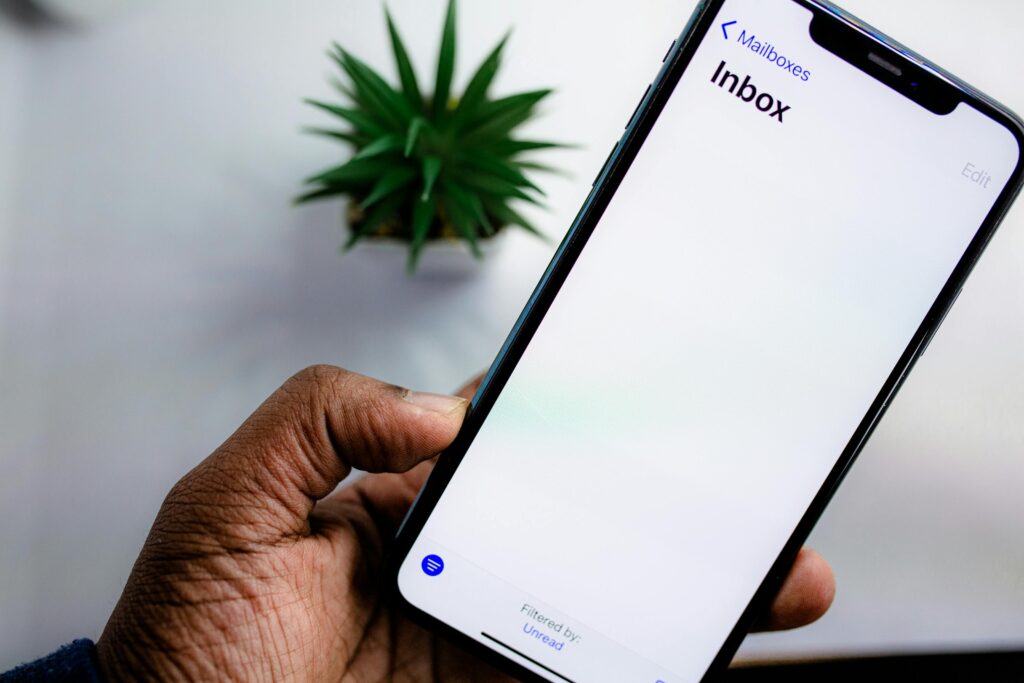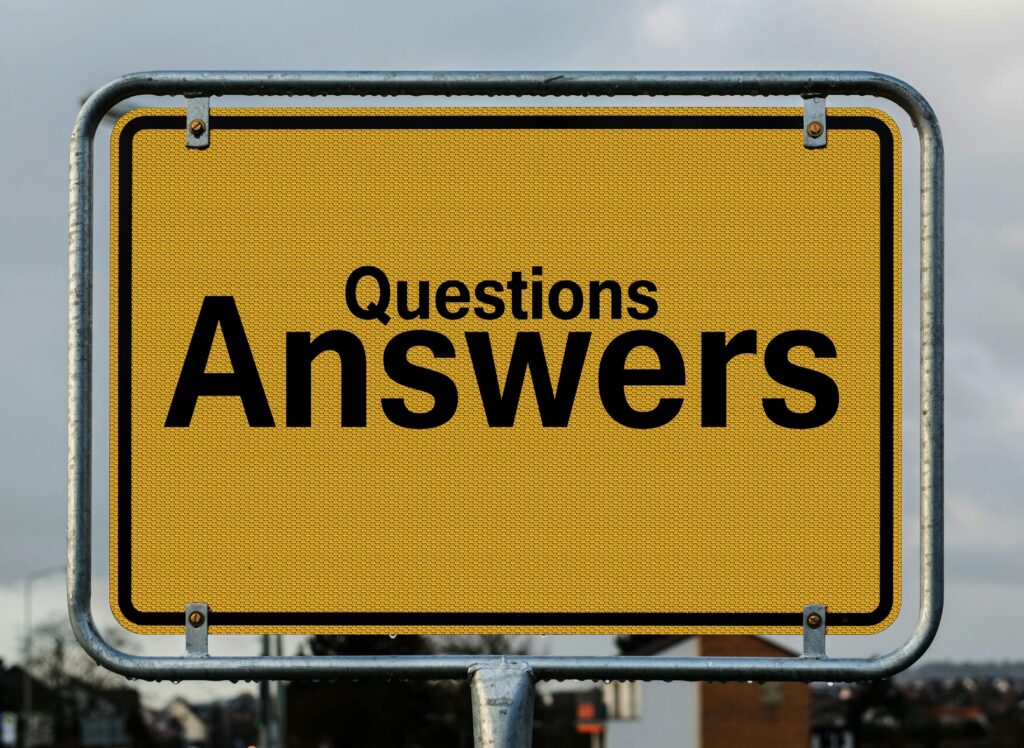Got Inattentive ADHD? A Trauma-Informed, Neuroaffirming Approach to Working WITH Your Brain

Featured Photo by Daniel Xavier via Pexels
Your inconsistency isn’t broken—it’s unmet needs.
If you’ve ever felt like your brain works differently, like you can hyperfocus for hours on something that interests you but can’t seem to start the “important” tasks, you’re not alone. Inattentive ADHD affects millions of people in the UK, yet it remains widely misunderstood—even by those who live with it daily.
Quick Self-Assessment: Do These Sound Familiar?
Take a moment to see how many of these resonate with you:
[ ] I can focus intensely on things I’m interested in, but struggle with “boring” tasks [ ] People have told me I’m “in my own world” or seem to “zone out” [ ] I know exactly what I need to do but can’t seem to start [ ] I lose track of time easily—5 minutes can feel like 2 hours [ ] I open multiple browser tabs and forget why I opened them [ ] I feel overwhelmed in fast-paced conversations [ ] I’m often told I’m “not living up to my potential”
If 3+ resonated: This article is specifically for you. Keep reading to discover why your brain works this way and how to work with it instead of against it.
Want to watch the FREE Inattentive ADHD Replay Watch it here and get practical strategies, joining the EDGE membership waitlist means you will get exclusive access to workshop resources when we open up the next cohort
Beyond the Myths: What Inattentive ADHD Really Looks Like
Let’s start by busting some common misconceptions. Inattentive ADHD isn’t about:
- Constant hyperactivity (that’s the myth)
- Being lazy or unmotivated
- Having no focus at all
- Not trying hard enough
The truth? Inattentive ADHD is primarily about focus regulation challenges.
You don’t lack focus—you struggle to direct it where and when you need it most.
This understanding changed everything for Sarah, a graphic designer from Manchester: “I spent years thinking I was just rubbish at focusing. Learning it was about regulation, not ability, helped me stop fighting my brain and start working with it. My productivity actually improved when I stopped trying so hard.”
The Hidden Indicators Most People Miss About Inattentive ADHD
Beyond the textbook symptoms, here’s what inattentive ADHD actually looks like in daily life:
Auditory Processing Quirks
- Can’t hear your name when deep in thought
- Your brain is so engaged elsewhere that auditory processing temporarily shuts down
The Tab Spiral
- Opens multiple browser tabs, forgets why
- Starting tasks triggers associations that lead elsewhere, creating a trail of abandoned intentions
Social Overwhelm
- Emotionally zones out in fast conversations
- The mental processing required exceeds capacity, causing unintentional disconnect despite wanting to engage
Executive Function Challenges
- Knows exactly what to do but can’t start
- Creates a frustrating disconnect between intentions and actions
Perfectionism Paralysis
- Fear of not doing something perfectly combines with difficulty breaking down tasks, creating complete stasis
Time Blindness
- 5 minutes feels like 2 hours (or vice versa)
- Internal clock functions differently, making time feel elastic and unpredictable
The Cycle That Keeps You Stuck
Many people with inattentive ADHD get trapped in what I call the RSD-Executive Function-Energy Loop:
- Rejection Sensitivity → Heightened fear of disappointing others
- Low Dopamine → Neurochemical challenges affecting motivation
- Internalised Shame → “I should be able to do this”
- Inconsistent Performance → Reinforces negative self-perception
“This cycle described my entire working life,” shares James, a project manager from Edinburgh. “Understanding it was the first step to breaking free from the constant shame spiral.”
Breaking this loop is key to sustainable change.
The S.T.A.R. Strategy: Your Roadmap to Working WITH Your Brain

Photo by Burak via Pexels
After years of working with neurodivergent individuals across the UK, I’ve developed the S.T.A.R. Strategy—a trauma-informed, neuroaffirming approach that works with your brain’s natural patterns rather than against them.
S – Simplify Your Input
Your inattentive brain already processes more environmental information than neurotypical brains. Reducing input helps you focus on what matters.
Practical applications:
- One-screen rule: Close all tabs and applications except what you’re currently using
- Coloured timers: Visual cues that don’t require cognitive processing
- Decluttered workspace: Physical environment affects mental clarity
Quick Win: Right now, close all browser tabs except this one. Notice how that feels.
T – Time Anchoring
Time blindness makes abstract time concepts difficult. Concrete, visual time structures provide the framework your brain needs.
Practical applications:
- Connect tasks to concrete events: “After I have tea, I check emails for 10 minutes”
- Use visual timers that show time passing
- Create “time containers”—defined periods for specific tasks
A – Anchor in Emotion
The inattentive brain responds more strongly to emotional drivers than logical ones. Use this to your advantage.
Ask yourself: “What will bring me relief, pride, or peace right now?”
Practical applications:
- Connect task completion to positive feelings, not just logical outcomes
- Use emotion-based rewards that truly resonate with you
- When struggling to start, focus on the emotional payoff
R – Rhythmic Rituals
Small, consistent rituals provide the structure your brain craves without overwhelming you with rigid routines.
Examples:
- Inbox Reset Mondays: Dedicated time to process email backlog without daily pressure
- 5-Minute Evening Brain Dump: Release thoughts before sleep to improve rest quality
- Tea-to-Task Pairing: Associate specific teas with different work modes
S.T.A.R. in Action: A Real Example
Let’s see how this works with a common challenge—writing a difficult email:
S: Simplify → Close all tabs except email. Clear physical desktop. Put phone in drawer.
T: Time Anchor → “I’ll work on this for just 10 minutes after my coffee, then reassess.”
A: Anchor in Emotion → “Sending this will bring relief from the anxiety of it hanging over me.”
R: Rhythmic Ritual → “I’ll use my ‘difficult communication’ template and have my special focus tea.”
Gentle Systems That Actually Stick

Photo by Erika Pugliese via Pexels
Great strategies need gentle systems to survive. Here are some tools designed specifically for the neurodivergent brain:
The Momentum Map™
Instead of forcing yourself to match your energy to tasks, match tasks to your current energy level:
- High Energy/High Priority: Tackle your most important, demanding work
- High Energy/Low Priority: Handle routine tasks that benefit from extra energy
- Low Energy/High Priority: Break important tasks into smaller, manageable pieces
- Low Energy/Low Priority: Perfect for administrative tasks or planning
The 60-Second Reset™
When overwhelmed or stuck:
- Name it: Identify what you’re feeling without judgement
- Breathe it: Take three deep, intentional breaths
- Move it: Physical movement—stretch, shake, or walk briefly
- Choose it: Select one single next action, however small
Inbox Triage Protocol™

Photo by Solen Feyissa via Pexels
For email overwhelm:
- Can I do this in 2 minutes? If yes → Do it immediately. If no → Continue to step 2.
- Does this need a response? If yes → Schedule specific time to respond. If no → Continue to step 3.
- Is this information I need to keep? If yes → File in appropriate folder. If no → Archive or delete.
A Real-Life Success Story: My Low-Friction Morning
As someone with Combined ADHD, I struggled with traditional morning routines that had 10+ steps. Instead, I created a minimal structure using just two tasks and one non-negotiable:
Task 1: Kettle + Window
- Turn on the kettle and open curtains for natural light
- S.T.A.R. Elements: Simplicity (just two actions), Time anchoring (kettle boiling = transition time)
Task 2: 5-Minute Journal
- Three things I’m grateful for, three priorities for today
- S.T.A.R. Elements: Anchored in emotion (gratitude), Rhythmic ritual (same format daily)
Non-Negotiable: Medication with Tea
- Taking medication with my first cup of tea
- S.T.A.R. Elements: Simplicity (one clear must-do), Rhythmic ritual (consistent pairing)
The secret? Less is more when it comes to creating lasting habits.
“Ruth-Ellen’s approach completely changed how I start my day. I went from chaotic mornings to actually looking forward to my routine. The medication reminder paired with tea was genius—I haven’t missed a dose in months.” – Lisa, teacher from Bristol
Want to Go Deeper? Watch the Full Training
This blog post covers the highlights, but there’s so much more to explore. I’ve created a comprehensive webinar that walks you through everything step-by-step, including:
- Live demonstrations of the S.T.A.R. Strategy in action
- The complete Momentum Map™ and Task Layering Grid™ systems
- Interactive exercises you can do along with the training
Watch the full “Understanding and Managing Inattentive ADHD” webinar on YouTube →
Build Your Own 3 E’s Routine – Bonus Resource
Ready to create your personalised micro-routines? I’ve developed a hands-on workbook that guides you through building sustainable habits using the 3 E’s method:
Easy – Remove barriers and mental friction
Enjoyable – Add gentle pleasure and comfort
Effective – Create benefits you can actually feel
The workbook includes:
- Step-by-step routine builder templates
- 15+ real-world examples for common ADHD challenges
- Troubleshooting guide for when routines aren’t sticking
- Quick-check systems to ensure your routine has all 3 E’s
Get the 3 E’s Routine Builder Workbook for £10 →
Limited time: Only 50 copies available this month to ensure I can provide personal feedback to each purchaser.
Frequently Asked Questions

Q: Will these strategies work if I’m not officially diagnosed? A: Absolutely. These approaches help anyone who experiences attention regulation challenges, regardless of formal diagnosis status.
Q: How long before I see results? A: Many people notice improvements within the first week, particularly with the 60-Second Reset and simplified environments. Bigger changes typically emerge over 2-4 weeks.
Q: What if I’ve tried everything before? A: The S.T.A.R. approach is specifically designed for people who’ve struggled with traditional productivity methods. It works with your brain’s wiring, not against it.
Q: Can I use these alongside medication? A: Yes, these strategies complement medical treatment beautifully. Always consult your healthcare provider about any changes to your treatment plan.
Your Next Steps
1. Watch the full replay Get the complete training and see these strategies in action with real examples and Q&A.
2. Pick ONE element to test Choose something small and specific to implement this week. Remember: start with one thing.
3. Build your micro-routine Use the 3 E’s method to create a sustainable habit that actually sticks, if you need support book a session with one of our neurodiversity coaches
4. If it doesn’t work? That’s just data Adjust and try again. Focus on consistency over perfection & join our FREE online Thursday workshops to get into community
5. Share your progress Tag us on Instagram @exceptional_individuals your wins using #STARStrategy or email me your success stories—I love hearing how these tools work in real life!
Key Takeaways
- Your brain isn’t broken: It’s differently wired with unique strengths and challenges
- Systems beat willpower: External structures support internal processes
- Start with ONE thing: Small, sustainable changes create momentum
- Your inconsistency isn’t a flaw—it’s an unmet need
Remember: Your ADHD brain is not a problem to solve—it’s a gift to understand and support. Progress isn’t linear; it’s about gathering data and refining your approach.
Working with your brain instead of against it isn’t just more effective—it’s more compassionate. And that compassion? That’s where real, lasting change begins.
Share this post: Help someone else who might need strategies for their Inattentive ADHD. Use the buttons below to share on social media.
Suggested LinkedIn: “Finally found ADHD strategies that actually work with my brain instead of against it. The S.T.A.R. method is a game-changer!
#InattentiveADHD #STARStrategy #ADHDSupport”




